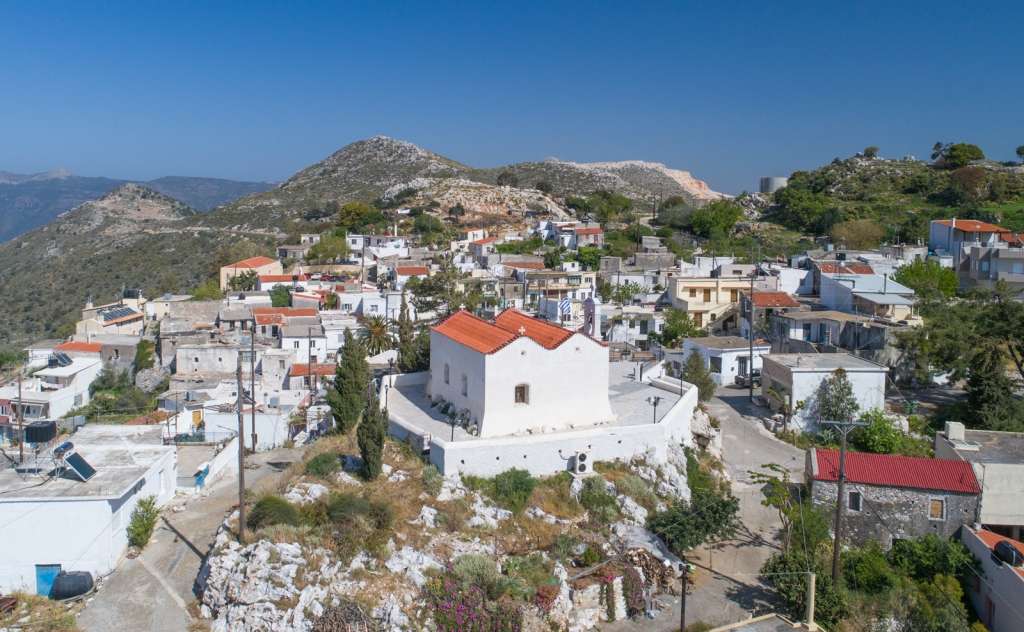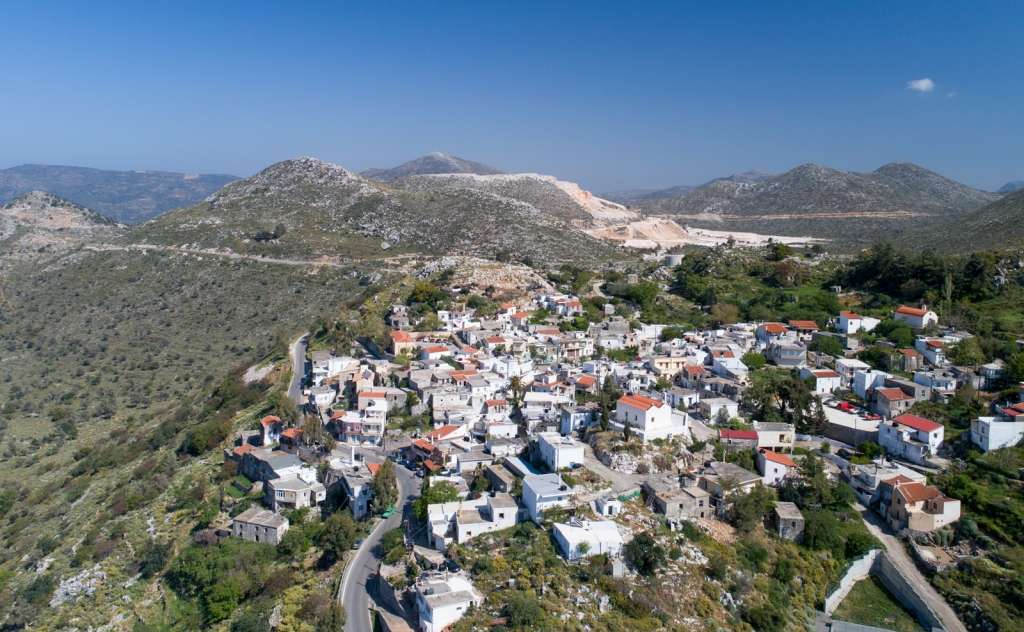





Damasta is built amphitheatrically on the northern slopes of the Koiti hill (altitude 415 m.) at the Psiloritis mountain complex. It has about 245 inhabitants and is 27 km from Heraklion.
According to historian Nicholas Plato, the name comes from Da Ma = Mother Earth. Mother Earth was a pre-Greek deity.
In 1583, Damasta was mentioned with 338 inhabitants in the census of Kastrofylakas. During the Venetian occupation, it belonged to the Mylopotamos province. In 1881, there were no Turks in the village, according to the then census (it numbered 222 Christians).
In the history of the peoples, the formation of the soil, the geographical position and the productive resources of the earth played a primary role. So, when the Pelasgians, the Aegeans and generally pre-Greeks came down to Greece, around 3000 BC, they settled in Crete. Perhaps the small but fertile plain of the village caught their attention, and its rich production was considered a blessing of the Goddess of fertility, "Da-Ma". So around it, a settlement called Damasta started being built. Thus, everything shows that the small village’s history probably begins in the pre-Greek era, i.e., around 3000 BC.